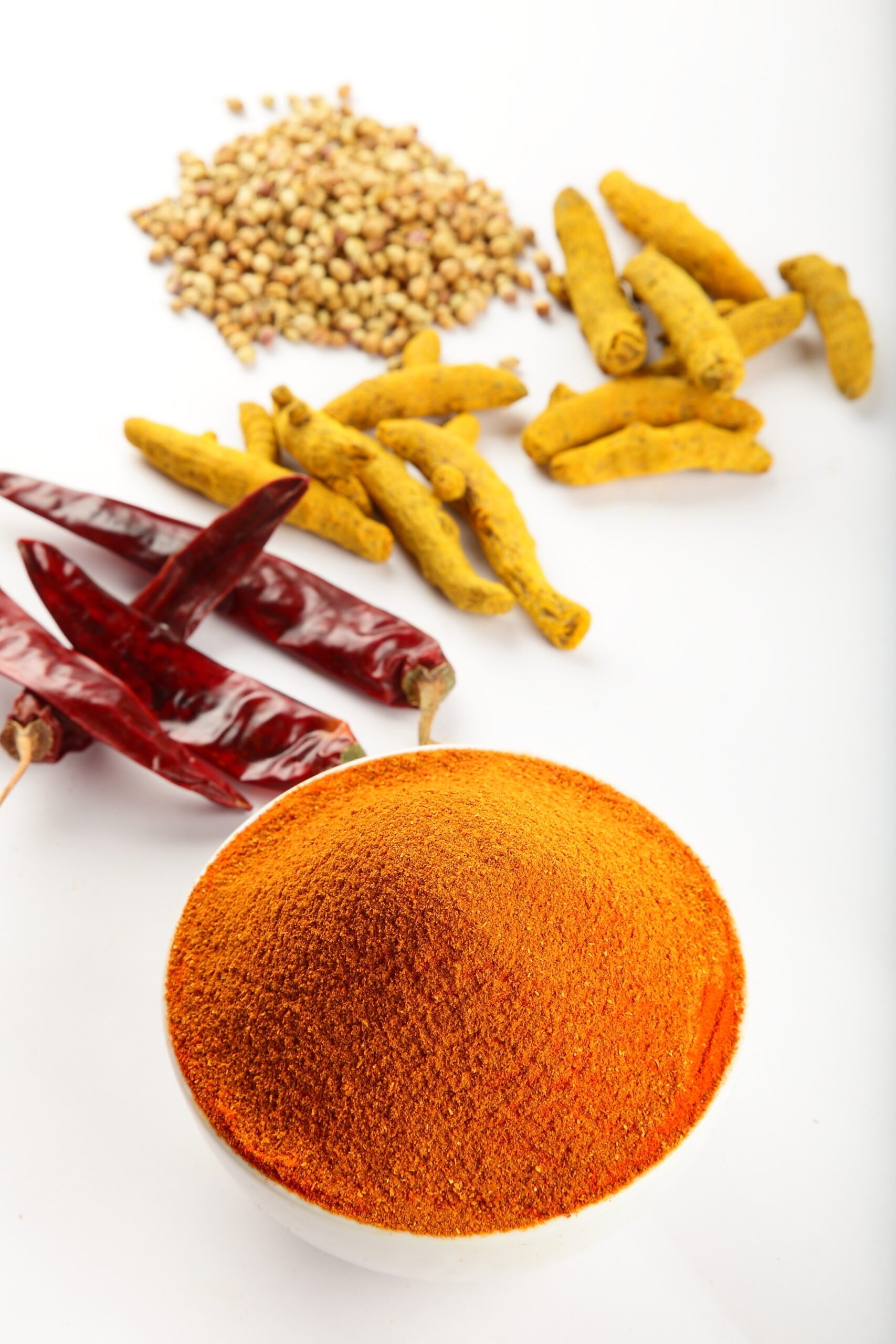
Sambar powder is a spice that defines South Indian comfort. It fills kitchens with the sound of sizzling mustard seeds, the aroma of curry leaves, and the warmth of roasted flavors. Each spoonful tells a story of slow roasting, quiet patience, and generations who measured flavor by instinct rather than spoons.
What Is Sambar Powder?
Sambar powder is a South Indian spice blend prepared by roasting and grinding a mix of spices and lentils. It forms the base of sambar; a lentil-based dish served with rice, idli, or dosa across South India.
Each region follows its own method and proportions, giving the blend a unique identity. Whether made fresh at home or bought from local markets, sambar podi remains an essential part of everyday cooking in South Indian homes.
Quick facts
- Cuisine
- South Indian
- Primary use
- Spice base for sambar and lentil based vegetable dishes
- Key ingredients
- Coriander, lentils, dried red chilies, cumin, fenugreek, black pepper, curry leaves
- Flavor profile
- Earthy and warm with gentle heat and mild bitterness from roasted spices
- Why homemade
- More freshness and full control over heat level and ingredient quality
- Storage
- Keep airtight in a cool dry spot and use within a few weeks
Key Ingredients and Their Roles
Each spice in sambar powder plays a part in building balance and character.
-
Coriander seeds: Form the base, adding body and warmth.
-
Dried red chilies: Give color and gentle heat.
-
Toor dal and chana dal: Add body and help the spice mix blend smoothly into the dish.
-
Fenugreek seeds: Bring a mild bitterness that balances other spices.
-
Curry leaves: Lend freshness and a subtle herbal note.
-
Black pepper: Adds warm flavor and mild heat.
-
Mustard seeds: Contribute sharpness and aroma.
-
Turmeric: Adds a soft golden color and earthy tone.
-
Optional additions: Some regional versions include dry coconut, cumin, or asafoetida for extra richness.
Together, these create a blend that holds the essence of southern cooking; balanced, aromatic, and full of tradition.
The Roasting and Grinding Process
The making of sambar powder begins with slow roasting. Each ingredient is toasted separately until it releases its natural aroma and turns gently golden. Timing is everything, too short, and the mix stays raw; too long, and it loses its warmth.
Once cooled, the roasted ingredients are ground to a fine or coarse texture, depending on regional preference. Traditionally done on stone grinders, this step preserves natural oils and richness, giving the powder its lasting freshness. Stored carefully, it keeps the soul of the kitchen ready in a jar.
Flavor Profile
Sambar powder brings a warm and layered character to the dish. It carries the earthiness of roasted lentils, the sharpness of chilies and pepper, and the gentle bitterness that keeps everything balanced. Each spoonful tastes rich and fragrant, with gentle warmth that stays without burning.
Culinary Uses Across India and Beyond
In Tamil Nadu:
Used daily in sambar, kootu, and poriyal, often mixed with ghee and rice for a quick, comforting meal.
In Karnataka:
Blended with coconut for bisi bele bath and huli saaru, giving dishes a mild, nutty depth.
In Andhra Pradesh and Telangana:
Added to spicy tamarind-based sambars and pappu, bringing bold heat and intensity.
In Kerala:
Used in vegetable sambars and Onam feasts, where it complements coconut-rich gravies.
Beyond India:
Found in soups, marinades, and roasted vegetables; when mixed with coconut milk, it becomes a quick, flavorful curry base.
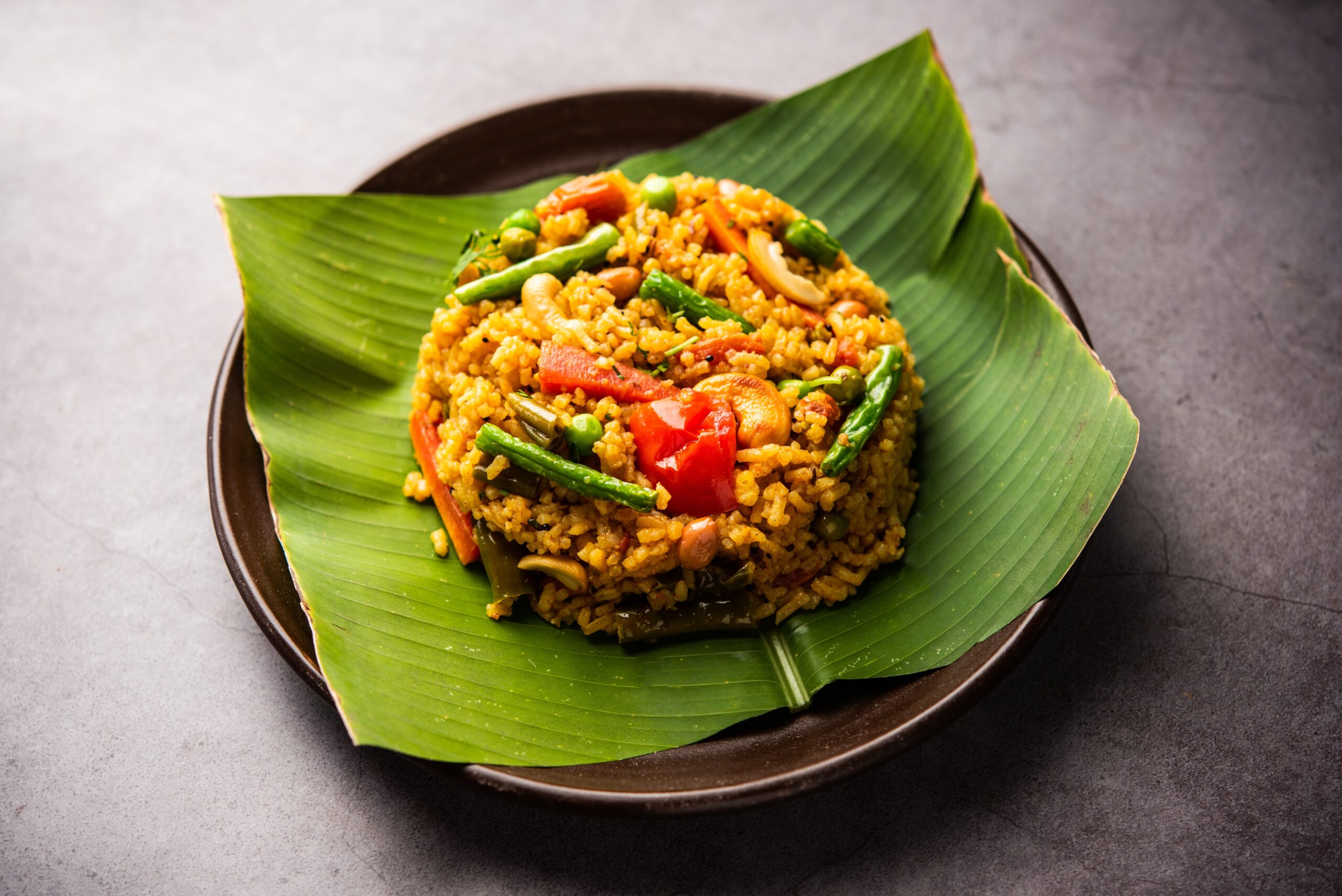
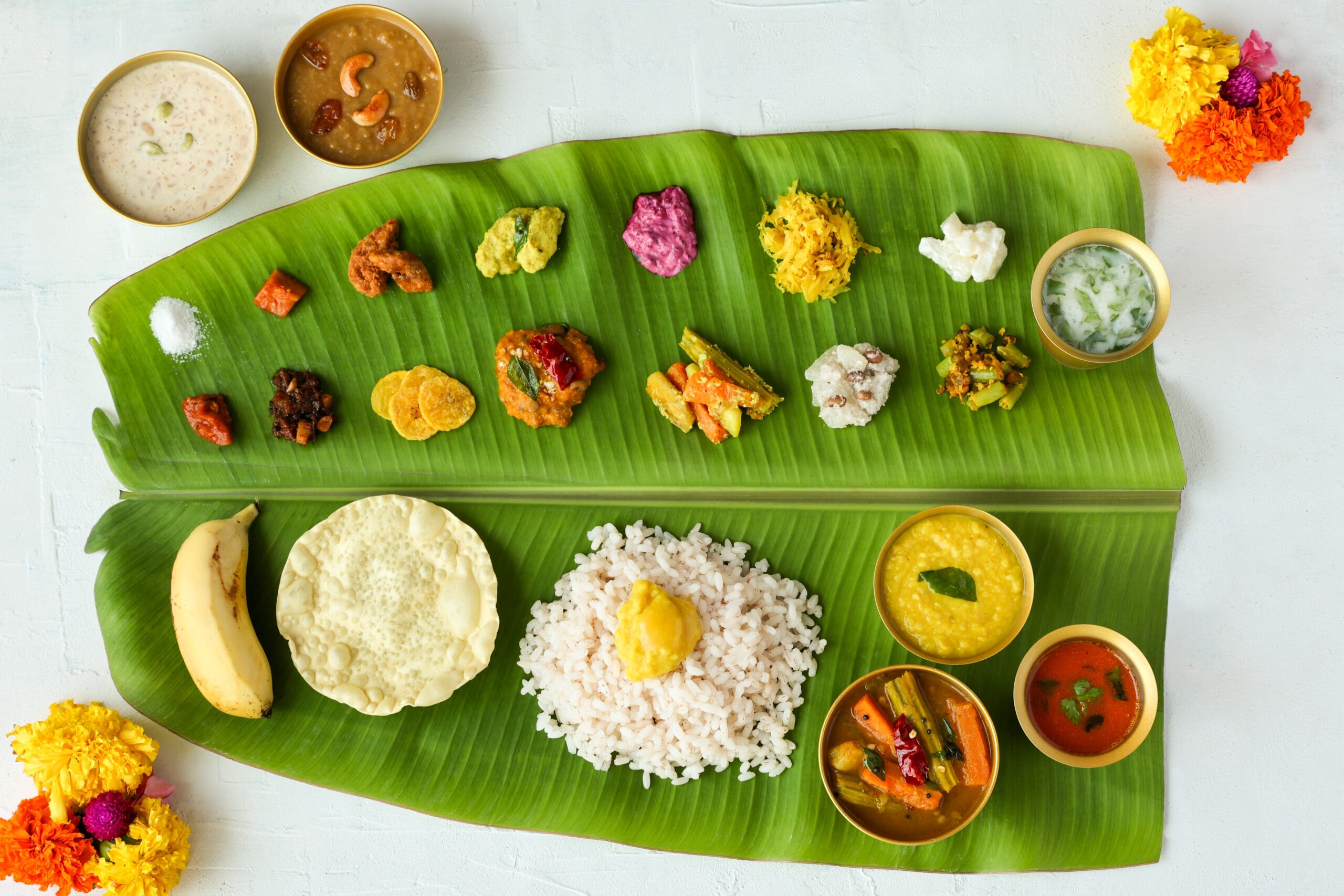
Creative Ways to Use Sambar Powder
-
Flavor roasted snacks: Toss chickpeas, peanuts, or makhana with sambar powder and ghee for a spicy, crunchy bite.
-
Create instant curry bases: Mix with coconut milk or tamarind water for a quick, hearty gravy.
-
Enhance lentil soups: Add a pinch while simmering for gentle warmth and aroma.
-
Spice up breakfast: Stir a little into upma, dosa batter, or vegetable pancakes for extra depth.
-
Make spiced rice: Blend with ghee and leftover rice for an easy, flavorful comfort meal.
-
Use in marinades: Mix with yogurt or lemon juice to season paneer, tofu, or vegetables before grilling.
Simple, versatile, and deeply rooted, sambar powder turns everyday dishes into stories of southern comfort.
Flavor Pairings
-
Tamarind: Adds tang that balances the warmth of the spice blend.
-
Coconut: Softens heat and deepens the stew’s body.
-
Curry leaves: Add freshness and lift to the mix.
-
Ghee: Enhances aroma and carries the flavors through the dish.
-
Lentils: Form the perfect base, letting the spice blend bloom gently.
-
Vegetables: Drumstick, pumpkin, okra, and brinjal absorb the masala beautifully.
Together, these create a complete balance; heat, tang, and comfort in every spoonful.
Quick Tips to Get the Best Out of it
-
Add near the end: Stir in sambar powder during the final simmer to retain its fragrance.
-
Bloom in ghee or oil: Heat briefly before adding to sambar or curries to unlock its full aroma.
-
Measure lightly: Start small even half a spoon can flavor an entire pot.
-
Keep portions small: Frequent fresh batches ensure consistent aroma and color.
-
Mix with tamarind water: Helps spread the spices evenly through the stew.
Handled with care, sambar podi turns every meal into a quiet celebration of comfort and craft.
Substitutes
If sambar powder isn’t available, a few close alternatives can recreate its comforting depth.
-
Rasam powder: Lighter and tangier, best for quick broths or soups.
-
Curry powder: A mild option that works for mixed-vegetable curries.
-
Homemade blend: Combine coriander, chili, pepper, and lentils in equal parts for a balanced flavor base.
How to Store It Right
-
Use airtight containers: Keep sambar powder sealed in a clean, dry jar to prevent moisture and odor absorption.
-
Store in a cool, dark place: Light and heat can fade its color and aroma.
-
Avoid plastic jars: Glass or steel containers preserve freshness better.
-
Don’t store near strong spices: It can easily absorb surrounding aromas.
-
Shelf life: Lasts up to 2–3 months at room temperature; for longer use, refrigerate small portions.
-
Check aroma regularly: A stale or musty smell signals it’s time to make a fresh batch.
Handled with care, sambar podi keeps its fragrance alive, ready to turn simple meals into comforting
Nutritional Value (Per Tablespoon – Approx. 10g)
Sambar powder combines lentils and spices, offering light nutrition with natural antioxidants and minerals.
-
Calories: 35 kcal
-
Protein: 1.5 g
-
Fat: 1.2 g
-
Carbohydrates: 5 g
-
Fiber: 1 g
-
Iron: 4–5% of daily value
-
Magnesium: 3% of daily value
-
Sodium: 0 mg (before added salt)
Health Benefits
Sambar powder and its ingredients provides many health benefits.
-
May aid digestion: Ingredients like coriander, pepper, and fenugreek can help stimulate digestive enzymes (Source).
-
Can support immunity: Turmeric and black pepper contain antioxidants that strengthen natural defenses (Source).
-
May reduce inflammation: Turmeric’s curcumin and fenugreek’s compounds can help calm the body (Sources 1, 2).
-
Can improve metabolism: The light heat from chilies and pepper may support calorie burning and circulation (Source).
-
May balance blood sugar: Fenugreek and lentils can help maintain steady glucose levels when used regularly (Sources 1, 2).
When made fresh and used mindfully, sambar powder adds both flavor and quiet wellness to everyday meals.
Potential Health Risks
While sambar powder is generally safe, moderation helps keep its benefits intact.
-
May cause acidity: Excess spice or chili can irritate sensitive stomachs (Source).
-
Can trigger heat sensitivity: People prone to body heat or ulcers should use smaller amounts (Source).
-
May raise sodium levels: Prepackaged blends sometimes contain added salt or preservatives (Source).
-
Possible allergy risk: Rare sensitivities to mustard or fenugreek can cause mild reactions (Sources 1, 2).
Used freshly and in balance, sambar podi remains a comforting, health-supportive spice companion.
Final Thoughts
Sambar powder is a practical blend of roasted spices that brings depth and consistency to South Indian cooking. Each ingredient plays a specific role, from lentils adding body to peppers providing heat. Making it at home lets you control freshness, spice level and aroma, which directly improves the final dish. A well prepared sambar powder supports everyday meals and keeps the taste reliable no matter how simple the recipe is.
FAQs
What is sambar powder used for?
It’s used to prepare sambar, a South Indian lentil stew, and can also flavor curries, stir-fries, and rice dishes.
Can I make sambar powder at home?
Yes. Roast and grind fresh spices like coriander, lentils, and chilies to create your own blend with better aroma and freshness.
Is sambar powder the same as curry powder?
No. Curry powder is milder and Westernized, while sambar powder is rooted in South Indian cooking with lentils and regional spices.
How long does sambar powder stay fresh?
Homemade versions stay fresh for 2–3 months in airtight jars; refrigeration can extend shelf life slightly.
Is sambar powder spicy?
It varies. Andhra versions are hotter, while Tamil and Karnataka styles are milder and more aromatic.
Can I use sambar powder in other cuisines?
Yes. It blends beautifully into soups, marinades, roasted vegetables, or coconut-based gravies for a gentle South Indian twist.
Learn More About Sambar Powder
Suraya Masale – Sambar Masala: 7 Health Benefits, Ingredients & Storage ...
A short, engaging article highlighting the traditional uses and health benefits of sambar masala, a fragrant South Indian spice blend used in lentil-based stews and vegetable dishes. It also covers tips for identifying pure, authentic powder, the risk of adulteration, and guidance on safe, balanced use in cooking.
Brahmins Foods – Best Sambar Powder - Helath Benefits and Importent Facts
A short, engaging article highlighting the traditional uses and health benefits of sambar powder. It also covers tips for identifying pure, authentic powder (watch for additives), the risk of over-use or mis-blended mixes, and guidance on safe, balanced use in cooking.


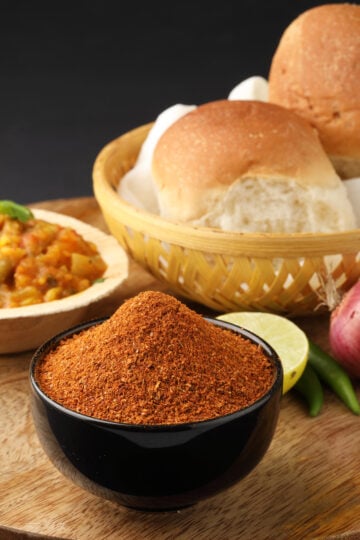
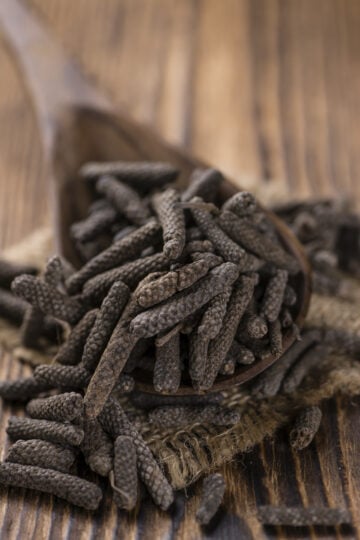
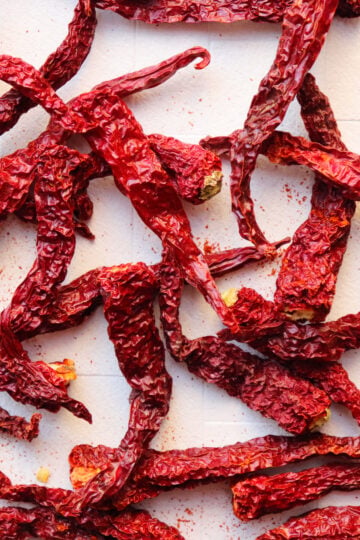
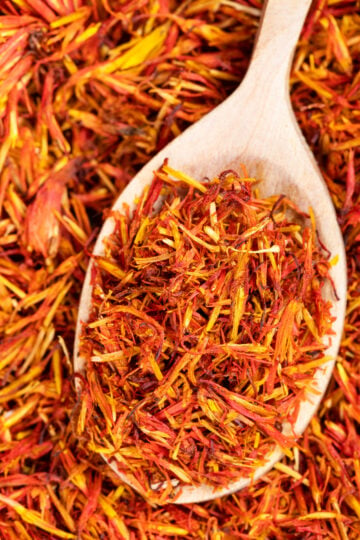
Have a question or something to share? Leave a comment below!